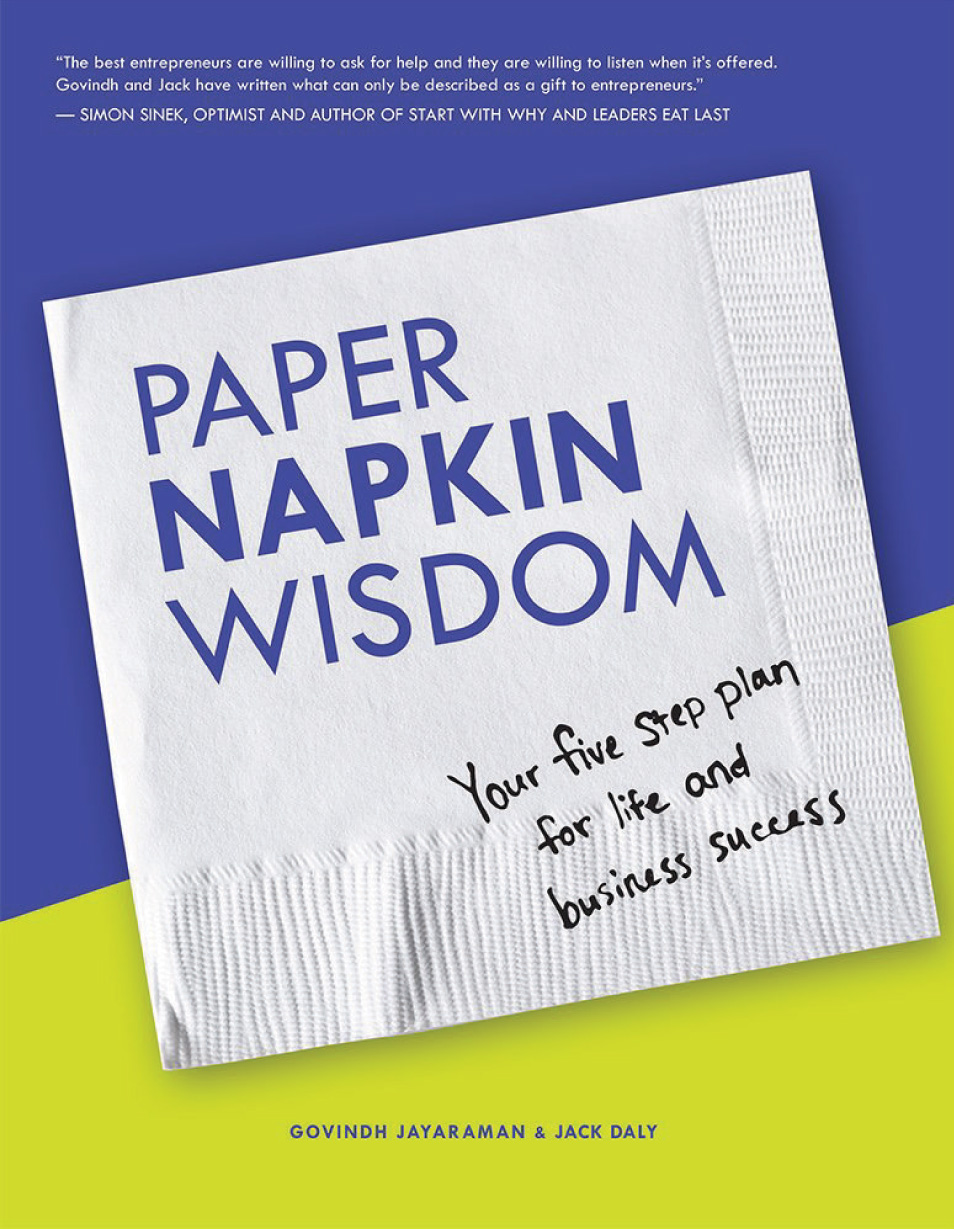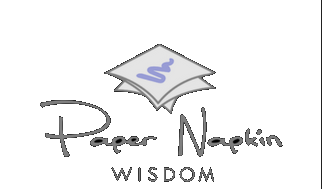Setting a Vision for Your Business

Becoming an entrepreneur is liberating and takes guts. But before you dive in, answer these questions: what’s your vision? What goal are you aiming to reach? Here’s how to set that vision and attainable goals along the way.
Creating a vision for your business allows you, potential investors, and clients to see a tangible, clear-cut purpose. An ultimate goal.
Without a vision, even the best intentions can come off as unorganized, disjointed, and will likely fail. A vision should encapsulate the big picture, the big goals while keeping in mind the small steps that will get you there.
Setting a vision is the first step to growing your business from the ground up.
First: How to set a vision
The vision statement should align and inspire everyone involved in your business and should be a high-level first step. It should represent the values, goals, mission, and purpose that you have for your business.
Creating a valuable and realistic vision takes time and effort. It’s more than just saying, “I want my business to help people.”
Help people what? “Get more sales.”
By doing what? “Increasing lead generation.”
What kinds of people? “Small businesses.”
Now we’re getting somewhere. You can then form this vision statement draft: “We aim to help small businesses increase lead generation.” It’s a start, although the values aren’t yet apparent. For example, try adding something to this statement about why your business would care whether or not other small businesses succeed.
Start from the beginning. Why did you decide to go off on your own as an entrepreneur? Then, clearly define your target audience, what your business will provide them, and how it will be provided.
Another tip: ask others to help you create a vision. Conduct brainstorming sessions with investors, other entrepreneurs, or even friends and family who are invested in your work. Throw ideas around, see what sounds good but also make sure what you end up with accurately portrays your true vision.
Once you set a tangible vision, the next step is strategic planning and path setting. What will the day-to-day look like?
Second: How to approach goal-setting
The first step is an easy one. Write down your goals, whether small or large. You are 36.7 percent more likely to get these goals done than if you just have them in your head. See how one small daily step can make a big impact?
Try sending weekly progress reports to a group of your peers, people who can keep you accountable. It is likely that 76.7 percent of your goals will actually get done if you do this. Give your group a progress update each week. Tell them if you faced any problems. Don’t assume that reporting problems are a bad thing; problems show that you’re making progress.
When creating your goals, remember that they should be SMART2: Specific, measurable, actionable, realistic, time-bound, and team-related. That “T” represents not only the timing of progress reports but also the impact on your team(s) when you implement peer group check-ins.
Andrew Davis, an entrepreneur, and marketer, advises to think big but start small. Focus on daily to-do tasks, the small stuff, which helps you stay focused on the big picture. Each small step must be clear, and it also must be clear how the individual step will help you with your ultimate goal.
What can you do today, right now, however small the task, that will help you build the road to achieving your goals? Big goals are made up of small steps that form a path, just as years are made up of days, and hours of minutes.
Third: Embrace and admit your mistakes
Part of being an entrepreneur is going against the grain. And when you take risks, you might fail. Correction: you will fail. No one is perfect, and your business won’t be, either. When you create your vision remember that it may change; goals may change. Trial and error may show you new avenues to explore.
Remember that part of true success is a failure. While that doesn’t necessarily help you feel better when you do make a mistake, try to remember that you’re feeling that way because you’re learning. As soon as a mistake is made you’ll realize how you messed up and will be that much more careful not to do it again.
But that’s another important aspect of making mistakes: you must admit them. Denying that you did anything wrong will not prevent you from the same failure in the future.
Embrace your mistakes. Remember that you’re growing because of them. And those low moments make wins that much sweeter.
Finally: Keep looking for better results
Always continue to reevaluate your current process. You can always improve something, even if it’s just a small cog in the machine. Consider speaking to those involved in your business for feedback regularly: clients, your team, suppliers, or other experts. This way, you get other sets of eyes on your process that may notice new problems.
Then, tweak steps in the process to see if something improves. A process leads to results, but a better process leads to better results.
Don’t waste time focusing your attention on things that won’t lead to your ultimate goal and your vision. Serial Entrepreneur Bill Dallas says that’s a waste of energy. He says that if we give meaning to each task and problem – that is, the means – it will become clear where to go next from what we learn. He says this means/meaning idea is a simple way to view meeting goals.
By focusing on all these aspects of your business, you will be able to be true to your vision. When you’re ready for more guidance on business development as an entrepreneur, Paper Napkin Wisdom is here to help. We provide tips and tricks in the form of podcasts, keynote sessions, workshops, and executive coaching. We were built by entrepreneurs to help other entrepreneurs take their vision to the next level. Get in touch with us today.
Paper Napkin Wisdom: Your Five-Step Guide to Life and Business Success
The Paper Napkin Wisdom book is an amalgam of knowledge extracted from some the world’s most successful leaders and CEOs. Forged by two Sages of Success with a passion for helping others reach their full potential, the book has served as a guide for anyone on the quest for more. Govindh Jayaraman and Jack Daly have worked tirelessly to compile the musings, failures, and lessons of the world’s top performers
What they found were five common traits among the people they interviewed.
Paper Napkin Wisdom condenses virtually every lesson you need to know to replicate and produce your own vision of triumph. The book will challenge you to identify your own patterns and the blockages holding you back from your best life. Those who are ready to take themselves on will embark on a 52-week journey that will change their lives and levels of prosperity.
If you want to be a stronger leader, run a profitable business, or serve your family and community in a meaningful way, the juicy tidbits and chunky takeaways within these pages can get you on the path.
Get inspired.
Look inward.
Take Action.
You’ll be glad you did.






